Later this month, it’s back to school for thousands of children all over the Bay Area. A great many will likely groan when they hear the “Brapp! Brapp! Brapp!” of the alarm clock, but 9-year-old Za’niya is quite the opposite. The incoming fourth grader at John Muir Elementary School in San Francisco actually looks forward to getting up early – especially on Mondays. You see, Monday is pantry day at her school. It’s when Za’Niya rises at 6am and helps her Great Aunt Jeanette, and her two cousins, Jayden and Jamire, set up the Healthy Children Pantry in the school’s cafeteria. Serving about 50 families every week, John Muir is one of 46 schools in San Francisco and Marin that partner with the San Francisco-Marin Food Bank to host pantries for students and families throughout the school year.
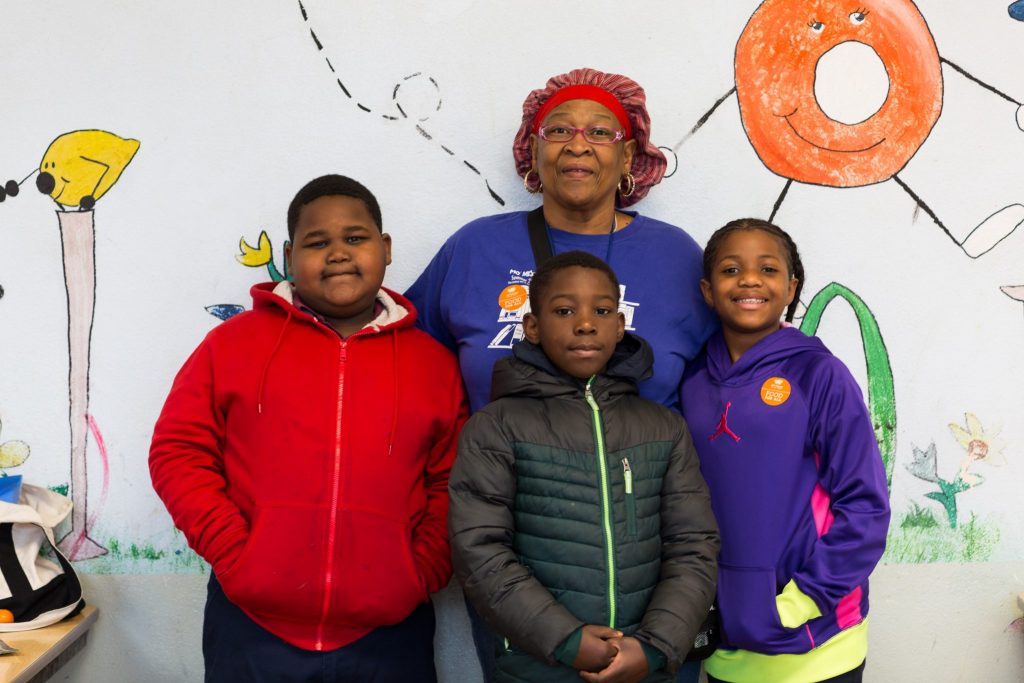
“Six o’clock is kinda early, but it’s okay because I know we’re helping out a lot of people who don’t have enough food at home to eat,” says Za’Niya, as she maneuvers a box of produce on a table in the school’s multi-purpose room.
Za’Niya is partial to the apples that find their way to the pantry: “They’re sweet and I really like it. I put them in my backpack or my jacket pocket and eat it at recess.”
Jeanette has volunteered as the pantry coordinator for a few years, motivated by the need she sees among the families who attend John Muir. Almost 90 percent of the students are eligible for the free and reduced-price lunch program.
Now that she’s retired, Jeanette finds it increasingly difficult to stretch her budget to cover living expenses. “It used to be that I would pass on taking food from the pantry. I would leave it for other families because I felt like they needed it more,” she says. “But now, I’m finding that my own Social Security checks aren’t covering all the bills. My family is also struggling, so I take a box of food from the pantry too – some for me, but mostly to make sure Za’Niya and her cousins have good food to eat at home.”
For busy families, accessing fresh, healthy food right on campus, just before the bell rings on Monday mornings, is a great help.
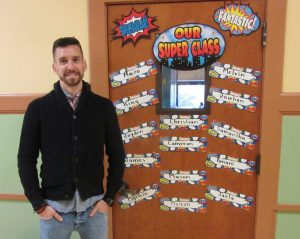
Ryan Lawler, Kindergarten teacher says, “It’s hard for a lot of our families; some work two or three jobs. They’re trying to get their kids ready in the morning, to get them on the bus, to get them here to school on time. So with the pantry right here at school, our parents have a convenient, reliable source of food to sustain their families all week long.”
Last year, about 4,000 families were served by Healthy Children Pantries like the one at John Muir Elementary. These farmers’ market-style pantries provide low-income parents with fresh fruits and vegetables, lean protein such as chicken or eggs, and pantry staples like rice and beans.
Please give today to help parents provide their children with the food they need to stay healthy and thrive.


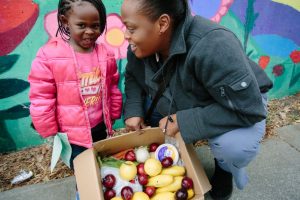

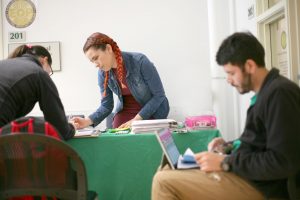
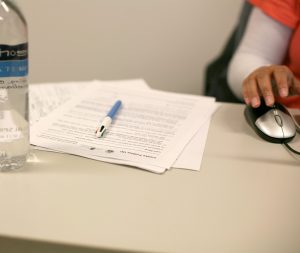

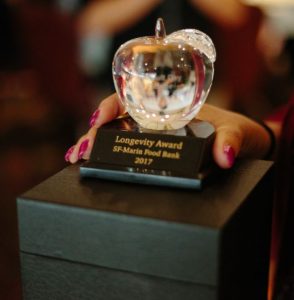
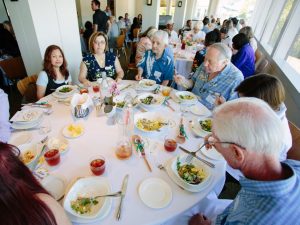
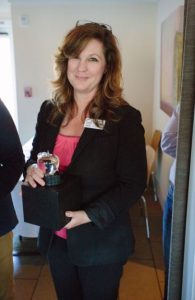
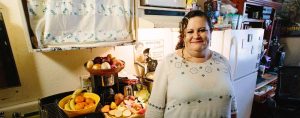
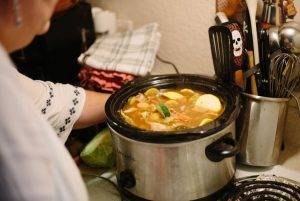
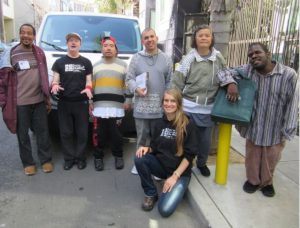
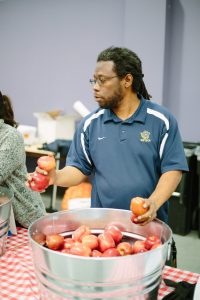
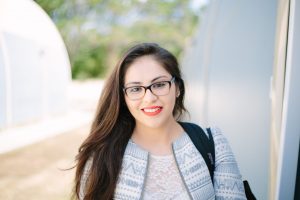
Share